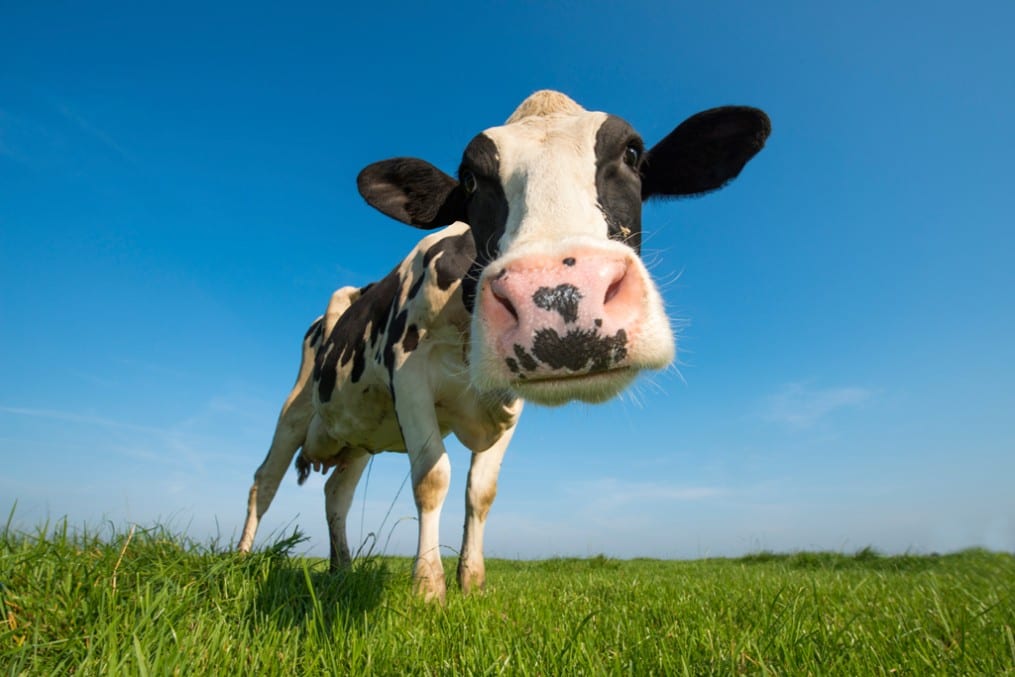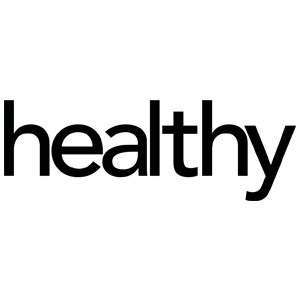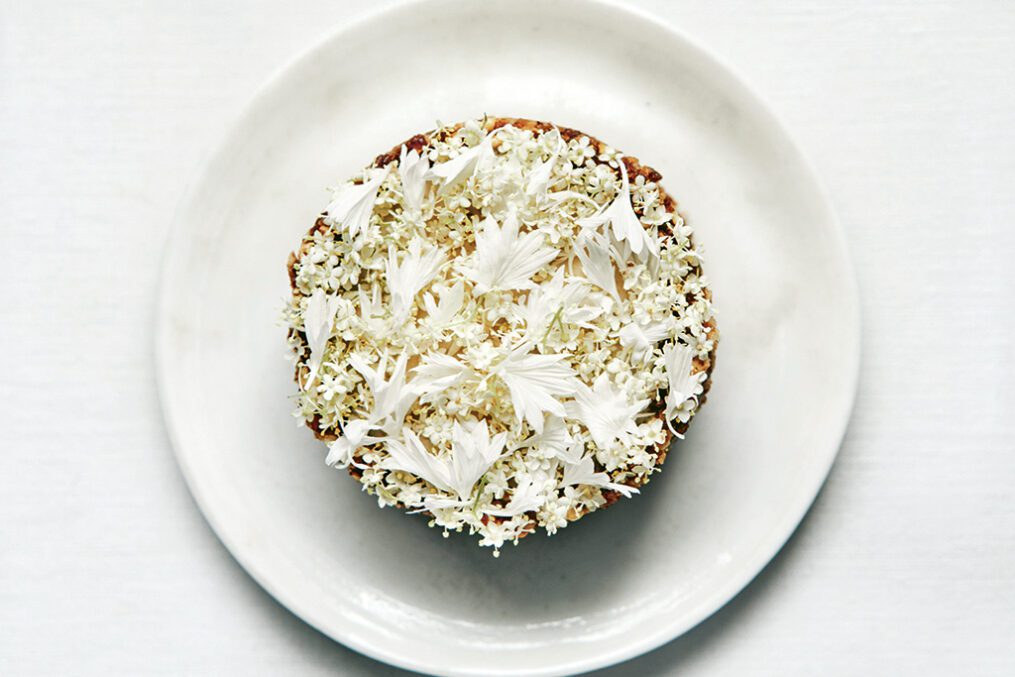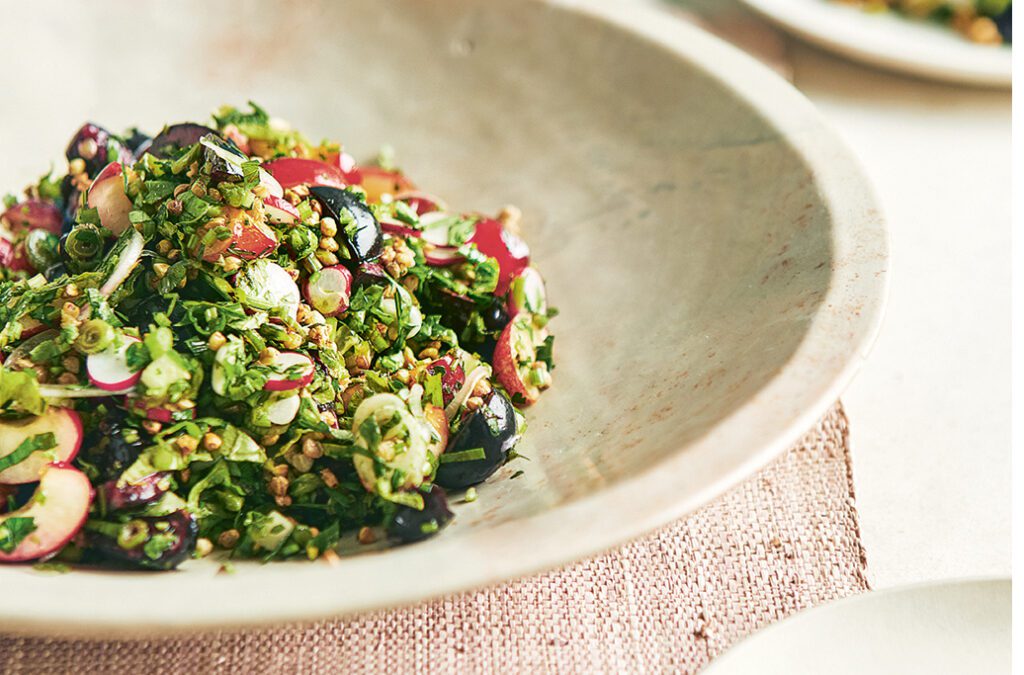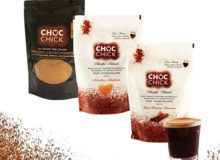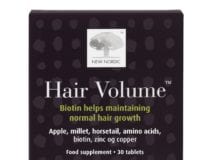5 things to do before you go dairy-free
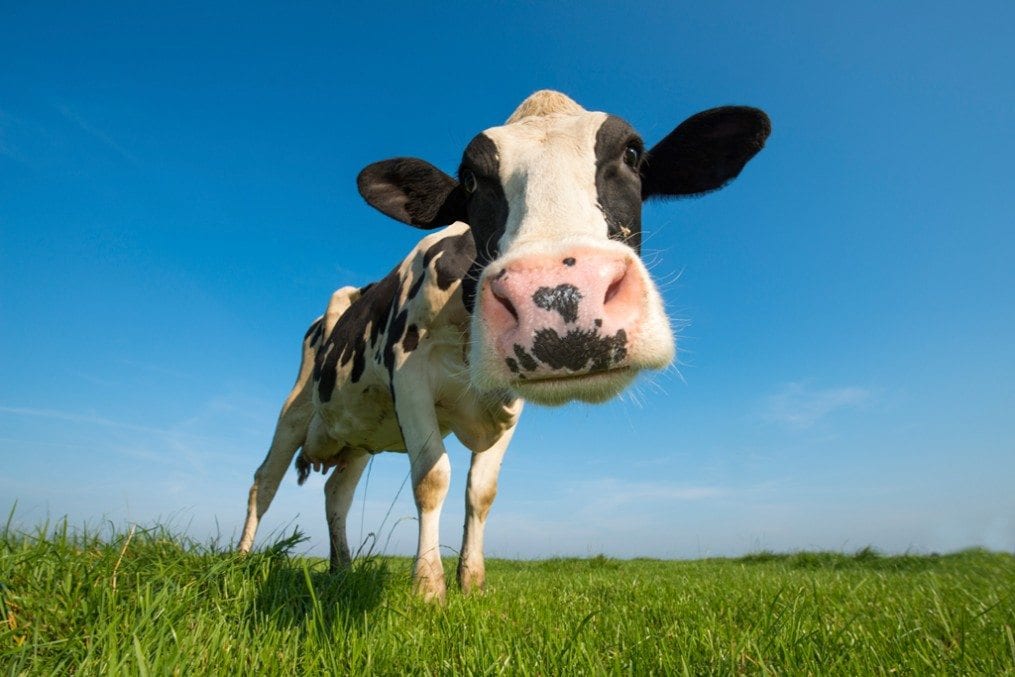
More people are going dairy-free than ever. Industry experts say demand for dairy-free products has doubled in the past five years, and the market is worth an estimated £238 million. ‘There’s a trend for going dairy-free thanks to more choice and availability,’ says nutritionist Amanda Ursell. Reports of cruel farming practices and the environmental damage caused by cows are driving this new trend.
But for some, cutting out cow’s milk simply makes us feel better, says Alisa Fleming, founder of www.GoDairyFree.org and author of Go Dairy Free. ‘I receive emails from people who have gone dairy-free and become pain-free or seen their skin clear up,’ she says. If you’re tempted to join the four out of 10 UK households who no longer drink cow’s milk, it’s time to find out about the alternatives.
1. Take a look at your lifestyle
Some 25 million people – nearly half the UK population – say they have a food intolerance, and dairy is among the most common. Experts believe this is because we’re overloading our bodies. ‘We don’t vary our diets enough,’ says Maureen Jenkins, director of clinical services at Allergy UK. Ursell agrees: ‘It’s thanks to the coffee shop culture that people are having three or four cappuccinos a day, which wouldn’t have happened a few decades ago. You might have been able to tolerate a certain amount of dairy, but now you’re having so much your body can’t cope.’ Scary stuff.
2. Clue up on calcium sources
Whatever your reason for ditching dairy, make sure you’re not cutting out vital nutrients. ‘It’s an important source of calcium and a lack of this mineral increases osteoporosis risk,’ says Ursell. ‘Some alternatives, like almond milk, have the same amount of calcium as cow’s milk naturally. And many dairy-free ranges are fortified with it and other nutrients like vitamin D, which helps the body absorb calcium.’ Boost your calcium quota by eating foods such as tofu (510mg per 100g), dried figs (250mg per 100g), tahini (680mg per 100g) and sesame seeds (670mg per 100g), and take a supplement.
3. Prepare new forms of protein
When going dairy-free, make sure your body has enough building blocks. ‘Because cow’s milk has all the amino acids we need for cell repair and renewal, you need to find an equally good protein source,’ explains Ursell. ‘You might think that like nuts, nut milks are a good source of protein but they aren’t, so you may want to opt for soya milk, too, which is.’
4. Get creative in the kitchen
Before you start mourning takeaway pizza, remember that going dairy-free means new flavours. ‘People often mask their food with cheese and cream,’ says Fleming. ‘Going dairy-free gives you the chance to be creative.’ Instead of looking for direct dairy alternatives, try menus with naturally dairy-free foods. ‘Try stews, Thai curries and stir fries to make the transition much tastier and easier,’ Fleming says. When it comes to milk alternatives, see what works for you. Adds Fleming: ‘Almond milk works best with smoothies and breakfast foods, and coconut milk adds great flavour to Asian-style dishes – experimenting is fun!’
5. Find out if you’re intolerant
This means learning the difference between lactose intolerance and dairy allergy.
With lactose intolerance people make low levels of lactase, the enzyme that digests milk sugar. Common symptoms are diarrhoea and bloating; some get headaches or skin reactions. With dairy allergy, the immune system sets off immediate symptoms, such as rashes, pain, vomiting, swelling, and anaphylactic shock. Your GP can test for lactose intolerance and there are allergy tests, but the best advice is to keep a food diary for two weeks. Record everything you eat and drink, the time, and any symptoms. Get started today, feel better sooner.
